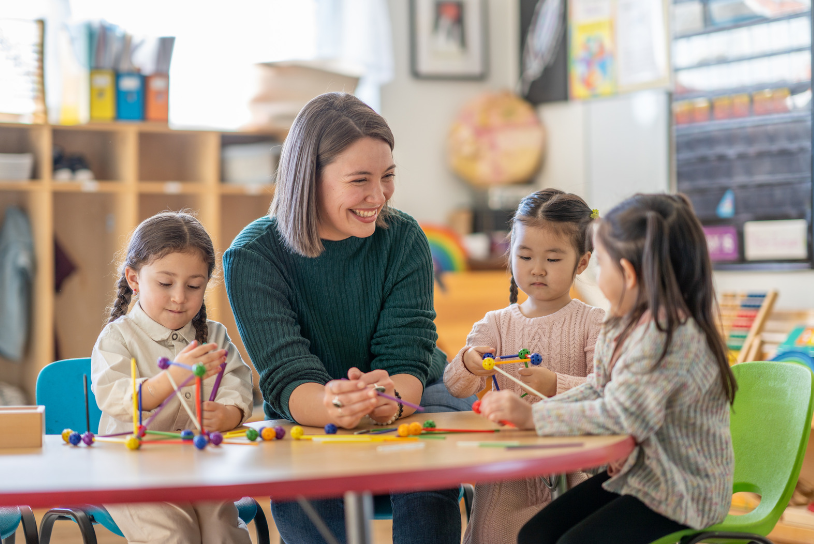In recent years, the field of mental health has seen a paradigm shift toward more holistic and community-oriented approaches. One such approach gaining traction in school settings is Restorative Practices.
As a mental health clinician providing school-based therapy services, incorporating Restorative Practices can be a transformative way to address student needs, build a positive school culture, and create a conducive environment for emotional well-being.
Understanding Restorative Practices
Restorative Practices is an approach rooted in the principles of repairing harm and building relationships. Originating from the criminal justice system, it has evolved into a versatile framework applicable in various settings, including schools. The primary goal is to create a sense of community, foster empathy, and encourage accountability.
The Core Principles:
Building Relationships: As a mental health clinician, emphasizing the importance of healthy relationships is key. Restorative Practices promote open communication and active listening, creating a foundation for trust between students, educators, and support staff.
Repairing Harm: Instead of focusing solely on punishment, Restorative Practices prioritize repairing harm done to relationships. This shift encourages students to reflect on their actions, understand the consequences, and take responsibility for their behavior.
Inclusive Decision-Making: In a school setting, involving all stakeholders in decision-making processes is crucial. This not only empowers students but also fosters a sense of belonging and shared responsibility for maintaining a positive and supportive environment.
Implementing Restorative Practices in School-Based Therapy:
Circles in Therapy Sessions: Incorporating Restorative Circles in therapy sessions can create a safe space for students to express themselves, share their experiences, and address conflicts. This approach promotes empathy and active listening, reinforcing a culture of understanding within the therapeutic setting.
Conflict Resolution Workshops: Conducting workshops on conflict resolution within the school community helps students develop essential skills for handling disagreements constructively. This proactive approach can prevent conflicts from escalating and contribute to a more harmonious environment.
Community Building Activities: Organizing community-building activities, both within therapy sessions and in the broader school setting, reinforces the sense of belonging and connection. Group exercises, collaborative projects, and team-building activities contribute to a positive school culture.
Restorative Language: As a mental health clinician, incorporating restorative language in your interactions can be influential. Encouraging students to communicate their feelings, needs, and expectations using restorative language promotes understanding and emotional intelligence.
Benefits of Restorative Practices in School-Based Therapy:
Improved Emotional Well-being: Restorative Practices provide a framework for emotional expression and understanding, contributing to a more emotionally resilient school community.
Reduced Discipline Issues: By addressing conflicts proactively and focusing on repairing harm, Restorative Practices can lead to a reduction in disciplinary issues, creating a more positive and inclusive school environment.
Enhanced Academic Performance: A positive school climate created through Restorative Practices has been linked to improved academic performance. When students feel connected and supported, they are more likely to engage in their education.
As a mental health clinician providing school-based therapy services, integrating Restorative Practices into your approach can have a profound impact on the well-being of students and the overall school community. By fostering healing, building connections, and promoting accountability, Restorative Practices contribute to a more inclusive and supportive environment where students can thrive academically and emotionally. Embracing this holistic approach aligns with the evolving landscape of mental health in schools and lays the foundation for a healthier, more connected future.
Author: Sharana Sloss, LISW-CP

